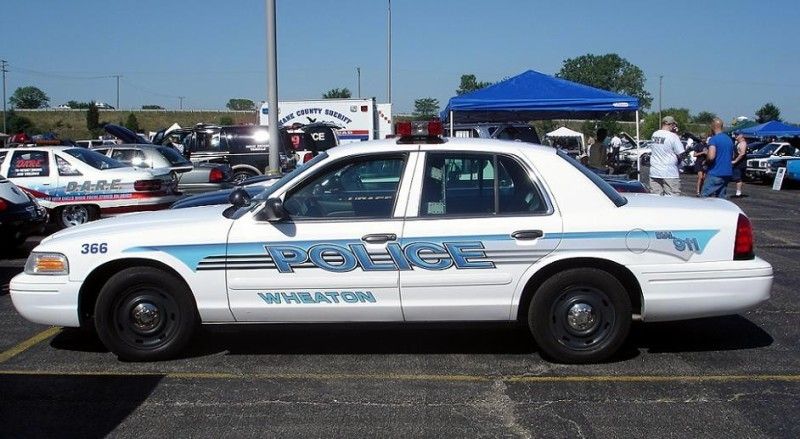Last Updated on August 23, 2022
Have you ever wondered what happens to police cars once a department no longer needs them? The answer – many police cars get a second life as civilian cars after serving a minimum number of years or reaching a certain mileage. Once a significant portion of police cars reach this milestone, the department sells their cars and invests in a whole new fleet.
We'll email you with vehicles up for auction near you and featured auctions.
Used police cars can then be purchased by anyone just as you would purchase any vehicle at an auction. You’ve probably seen them on the road and slowed your speed until you realized it wasn’t a police car.
Now the question is, should you buy a used police car?
Many people have never considered the idea of owning a used police car. However, for others, the idea that their vehicle once served the police force (or military) is a source of pride and joy.
If you’re on the fence about buying one, let’s take a look at the pros, the cons, and everything in between. Here’s everything to know before buying a used police car.
Table of Contents
Pros of Buying a Used Police Car
Cons of Buying a Used Police Car
Top Police Cars
Where to Buy a Used Police Car
Pros of Buying a Used Police CarUsed police cars are often listed for a lesser price than a similar car that hasn’t even served in a police department.
The best way to get a deal on these vehicles is to examine auction results for the car you want. Get as much information about any cars of interest prior to the auction. Then perform a thorough inspection of the cars in-person.
Police cars are manufactured with quality components such as brakes, shocks, fuel lines, and more, each enhanced for great performance and longevity before entering police service. Upgraded suspensions deliver a noticeably smoother ride.
Upgraded suspensions deliver a noticeably smoother ride.
Police vehicles are also designed for high-speed chases, so they come equipped with powerful engines. Old police cars will even have a higher level of performance at high speeds, enabling them to more easily overtake slower-moving vehicles with improved control and handling.
Police vehicles are rated safer compared to many vehicles on the road. The cars are built body on frame, compared to unibody frames, which provide less protection in a collision. Most police vehicles have a rating for safe operation at a surprising 150 miles per hour.
Police cars are generally very well maintained over the course of their service life. Police departments are pretty faithful at following the maintenance schedule provided by the manufacturer. They can’t afford to have vehicle malfunctions interrupt their work. Plus, parts are often plentiful.
Police departments often have specialized automotive needs. Some features are desirable, for example, some come equipped with an upgraded power system. This gives police cars a boosted power capability for the lights, sirens, radios, laptops and other devices that require electrical power.
Another modification to police cars, particularly AWD (all-wheel drive) utility vehicles, is the replacement of the rear seats. The vehicles come equipped with cloth seats, and the police department removes them and installs hard-wearing vinyl fittings. When the vehicle goes to auction, the vinyl is removed, and the cloth seats are re-installed. This means the vehicle’s seat will be like new when going to auction.
The center console is fitted with police electronics, which get removed and replaced with the original center console when going to auction too. Though sometimes, the car may be sold without one.
Police cars have ample interior space and legroom in both the front and rear seats.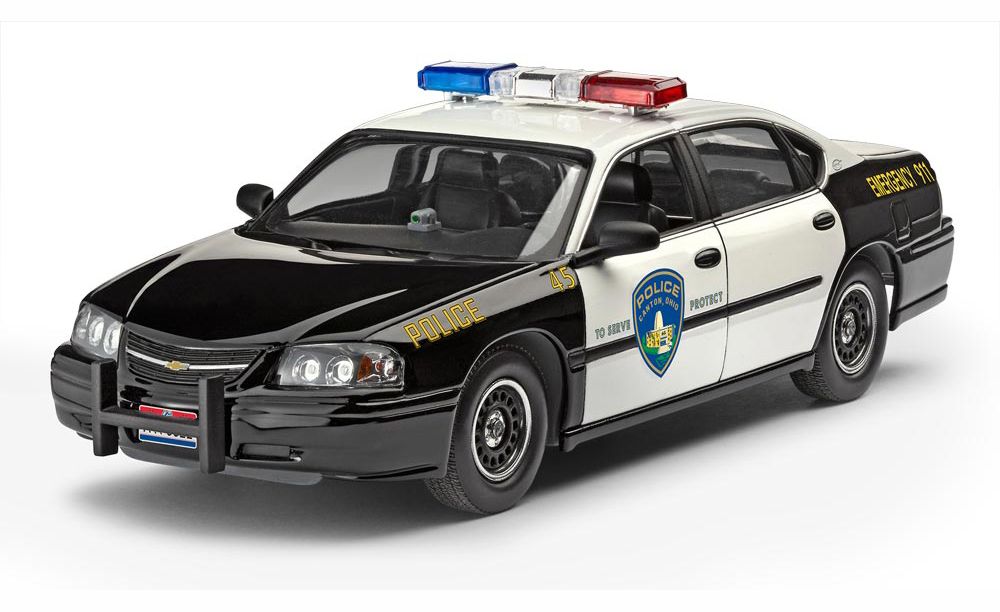 They also come equipped with larger trunks since they often have to carry a lot of equipment. Large trunk space is great for groceries, errands, and larger items like strollers or scooters.
They also come equipped with larger trunks since they often have to carry a lot of equipment. Large trunk space is great for groceries, errands, and larger items like strollers or scooters.
Some police cars patrol highways, and highway driving isn’t as damaging to a vehicle as inner city driving. Cars that patrol highways have little demand put on them except speed and these cars are built for speed.
When people see your vehicle, they may think it’s an unmarked police car and modify their driving or put down their cell phone. They may also treat you with more courtesy and respect.
Now that you think buying an old police car is a great idea, here are some points to make you reconsider.
Government surplus vehicles are usually sold as is, so there can be a wide variance in working condition among old police cars. This means you have to do the legwork to find out as much as you can about them before buying.
This means you have to do the legwork to find out as much as you can about them before buying.
Police cars can run two or three shifts per day and thus incur a lot of wear and tear quickly. A car that is a few years old may have a decade’s worth of wear and tear. Vehicles used in urban areas perform short stop-start trips all day long. However, a police chief’s car and a take-home probably didn’t have much hard usage at all.
In order to help you figure out which is the case with your desired car, ask the seller how the car was used.
Old police cars often have holes in the dash and bear other signs of modification, such as brackets attached to the body of the car—the remnants of a previously installed police nudge-bar—lightbars that leave holes in the roof once removed or the removal of vinyl signs sometimes scratches the surface. When equipment is removed, the car may need cosmetic attention such as a new coat of paint.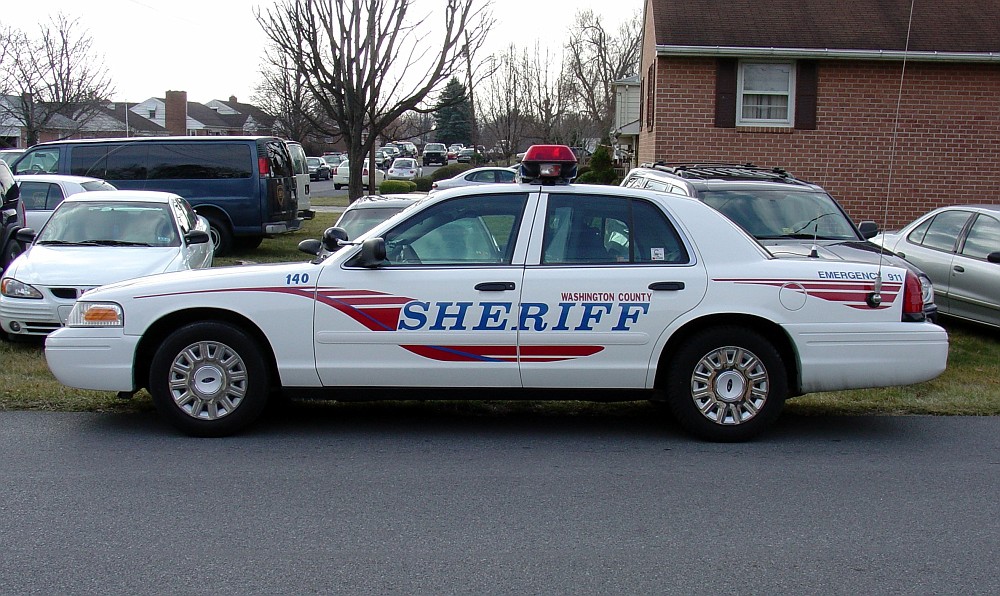
The flip side to having a vehicle with a lot of room (and are built heavy) is a low fuel economy. It is going to cost you more at the pumps. And the flip side to owning a car manufactured with long-lasting, quality parts is that once parts need to be replaced, it will cost you significantly more.
A number of police cars idle for lots of hours, which isn’t recorded by the odometer. Idling will wear on engines as well as on any components in use at that time like the AC, radio, or the seats. Other forms of wear and tear initially go unnoticed too, like when a police officer’s utility belt wears on the front seats.
Having traffic-calming powers isn’t appreciated when the person in front of you starts driving slower than the legal speed. Some people get startled when they see a police car in their rearview mirror, and this can lead to brief erratic behavior.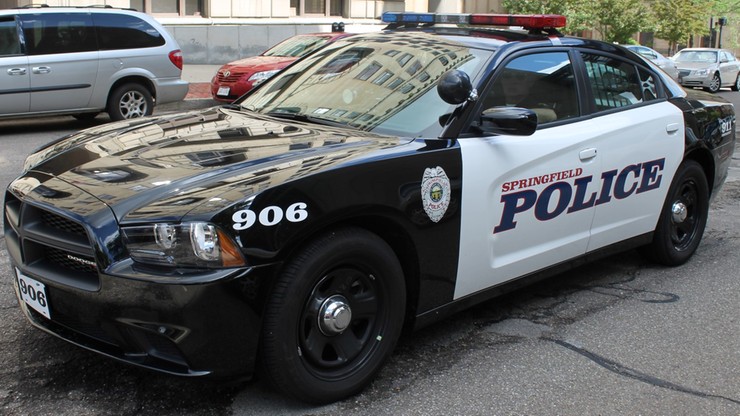
Without a doubt, certain police cars have an iconic look. As you consider purchasing one, here are the most popular models of police cars over the last five decades.
Fairly lightweight and slightly overpowered, this is one of the police cars featured in the Dukes of Hazard original TV show title sequence. The car could reach 60 mph in 6.3 seconds, but Sheriff Rosco could never seem to catch the Duke brothers in it.
Built explicitly as a pursuit vehicle, the Mustang Special Service Package mixed a lightweight two-door coupe body with a 157-horsepower, 5.0-liter V8, and a four-speed manual transmission. The car was known as “the Mustang that chases Porsches for a living.”
The car looked like a whale and people jokingly referred to black-and-white police cars as “Shamu.” Then, in the mid-90’s, it received a new 260-horsepower, 5.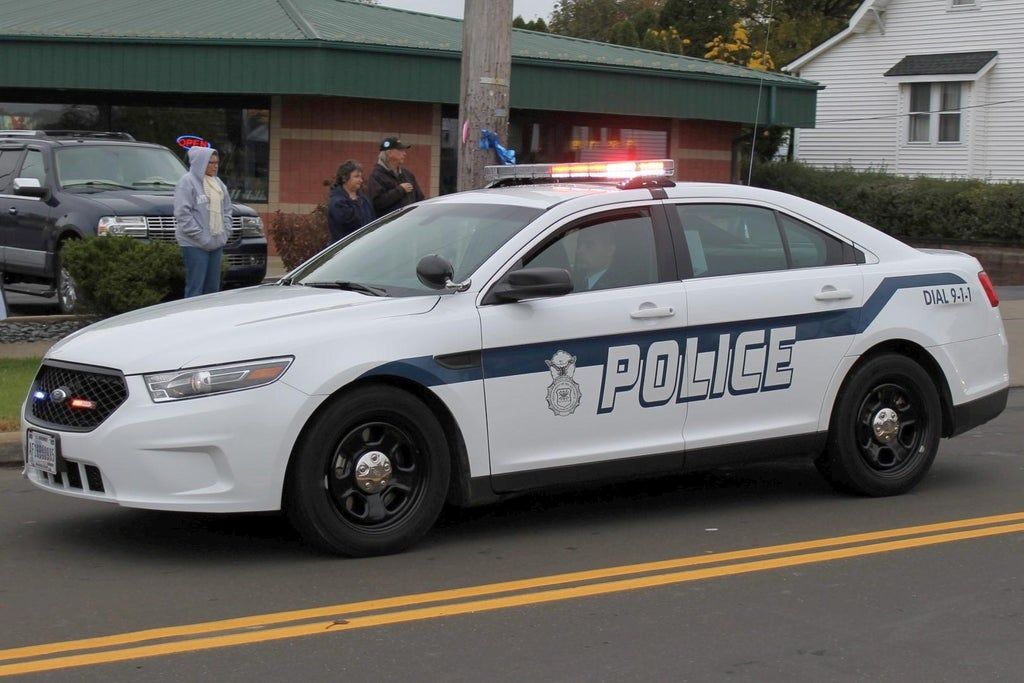 7-liter “LT1” V8, and became one of the best all-around police vehicles of all time.
7-liter “LT1” V8, and became one of the best all-around police vehicles of all time.
No car on this list claims as much market dominance as this police car. And just about everyone has ridden in the back of one, since many of them get a second life as a taxi. Ford canceled the production of the car in 2012.
The Interceptor isn’t a car, it’s an SUV. This modified Ford Explorer has become the most popular motorized vehicle in police fleets today.
Where to Buy a Police CarThere are two options for attending government surplus auctions. Buyers either have a choice of bidding on vehicles in-person, or choosing to do so online. When choosing the latter, sites like Municibid help buyers find cars based on type, such as police vehicles, and even help them search for items based on their specific location.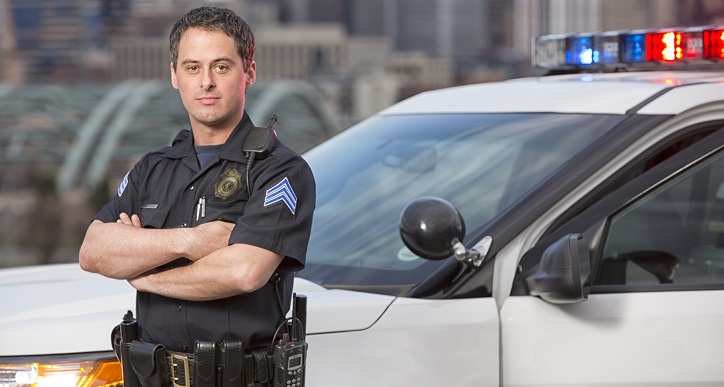
Speaking of location, many municipalities advertise their public surplus through government websites. There you can find specific times, prices. contact information, and more.
Not all government surplus will be advertised publicly, as some police departments sell to other departments or sometimes privately to small businesses. One major buyer of police cars happens to be taxi companies who desire vehicles that share aesthetic uniformity and will have the same technical issues instead of multiple different problems. Sometimes dealerships also buy police cars in bulk.
When items are sold publicly, expect to see other everyday citizens, some small business owners, and maybe even a big-name movie producer who needs a police car for his latest flick.
Tips for inspecting police car at auctionsBefore buying a used police car, follow these 5 tips to ensure your endeavor is worthwhile
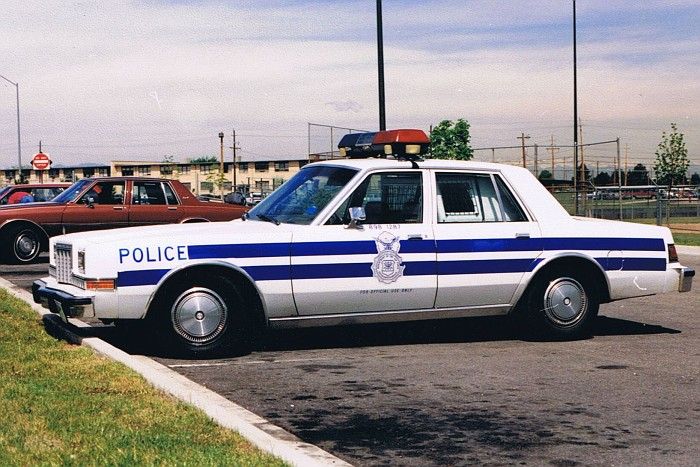 If possible, contact the government agency’s maintenance department to find out more about the vehicle’s history.
If possible, contact the government agency’s maintenance department to find out more about the vehicle’s history.Now that you’ve seen the pros and cons of buying a used police car, do you think a used police vehicle is for you? If you like the look of the vehicle, appreciate the extra space and decreased capital cost, and don’t mind paying more for fuel, then it’s a great option, especially if you do your homework.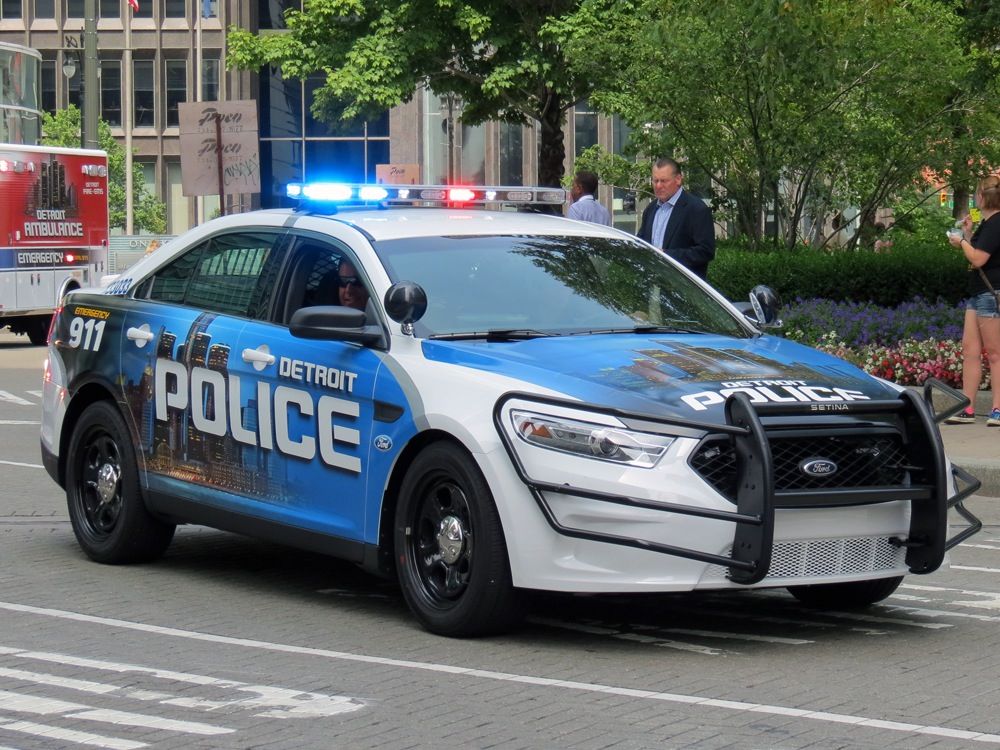 Here’s what you should do next – peruse through the Municibid’s catalog and consider which police car will make a great fit for you. Your next ride awaits!
Here’s what you should do next – peruse through the Municibid’s catalog and consider which police car will make a great fit for you. Your next ride awaits!
It may seem strange at first, but used police cars actually make decent second-hand buys.
Most police cars have been upgraded to handle the day-to-day demands of police work. Plus, they’re equipped with all sorts of neat features, from powerful engines to heavy-duty suspension. They also come quite cheap – nearly all used police cars are sold for far less than similar models on the used car market. You can find a huge selection of used Police cars right here on Carpages.
Essentially, if you’re looking for a hardy compact car equipped with a powerful V8 engine that won’t break the bank, police cars are your best bet! So, where can you score one? And are there any downsides to owning a cop car?
In this guide, we clue you in on everything you need to know before making a purchase, from the downsides of police car maintenance to useful tips on where to buy used police cars.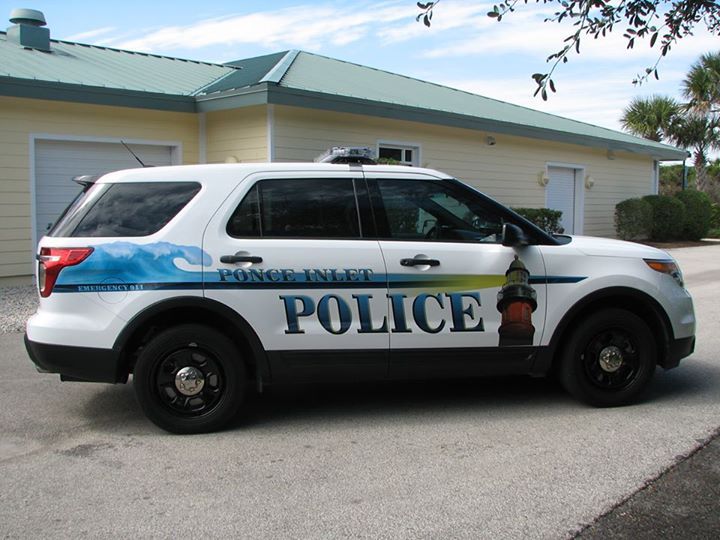
Many people are hesitant to buy an old police car for various reasons, but there are plenty of upsides to this second-hand vehicle. Here are five major reasons you should buy a used cop car:
Generally, there are three types of police vehicles: pursuit cars, patrol cars, and suspect transportation vehicles.
Pursuit cars are the most common types of police vehicles, so you’re most likely to see these in a used car auction or listing. These cars are made for high-speed chases, carrying loads of weaponry, transporting passengers, and basically just handling a lot of strain on a day-to-day basis. They’re souped-up to keep up!
Here are some of the cool features you might find on a used cop car:

If you get a Ford Police Interceptor, it also comes with built-in steel intrusion plates in the front seats for added protection.
Don’t assume that just because police work is so intensive that the used cop cars that are up for sale are all beat-up clunkers.
Because vehicles are so essential to the job, cop cars are usually well maintained. After all, you wouldn’t want to be in hot pursuit of a criminal, only to have them slip away because your engine overheated.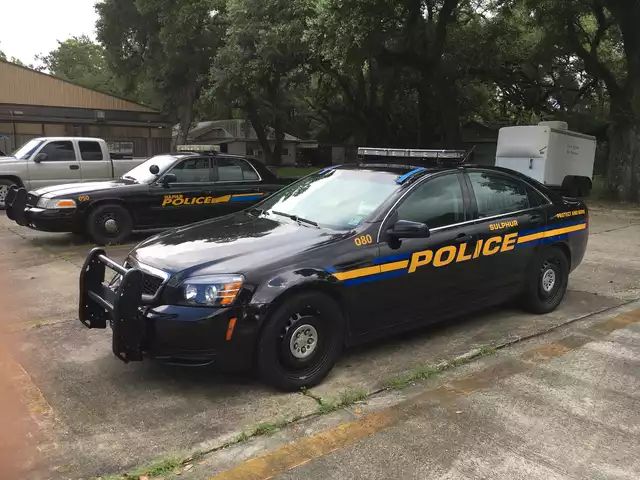
Take it from Josh Bailey of the Canadian Black Book: “Typically, the vehicles that are retired from heavy-duty service like police work, are generally, perhaps wrongly, viewed as being heavily abused. In fact, they’re probably highly maintained vehicles.”
Officers need all sorts of equipment to do their job. As such, they’re often issued cars with roomy cabins, comfy rear seats, and massive trunks – far more spacious than what you’ll find on your typical sedan. So whether you need to haul your kids (and all their stuff), groceries, or camping gear, police cars will get the job done.
For instance, the Crown Victoria – one of the most popular police sedans of the 90s and 2000s – has a high roofline that can comfortably seat even the biggest and burliest of football players.
If you’re looking for a moderately priced car with a powerful engine, used police cars are the way to go.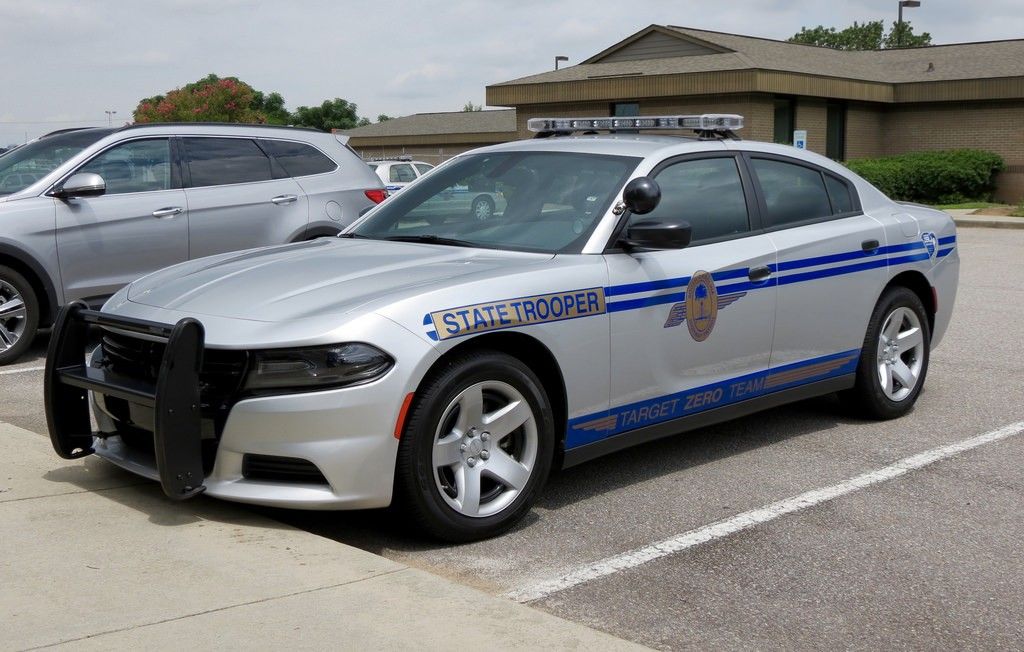 It's rare to find a hybrid cop car, and that's because they're made to go fast.
It's rare to find a hybrid cop car, and that's because they're made to go fast.
Of course, to keep both drivers and other motorists safe, police cars are also equipped with excellent handling and heavy-duty suspension. As such, cop cars are favoured by the likes of taxi fleet operators, trailer haulers, and folks who live in areas with harsh winters.
Used police cars are often far cheaper than their civilian counterparts. In fact, according to the Star, GCSurplus reported that the average price for a 2009 Ford Crown Victoria sedan from 2014 to 2015 was $1,184. This is much lower compared to the average cost for a similar used base model at $9,217.
With all this in mind, you might be eager to pull up to your nearest auction and buy the cheapest available police car. But buyers be warned: there are some trade-offs you’ll have to endure if you’re really dead-set on a police vehicle.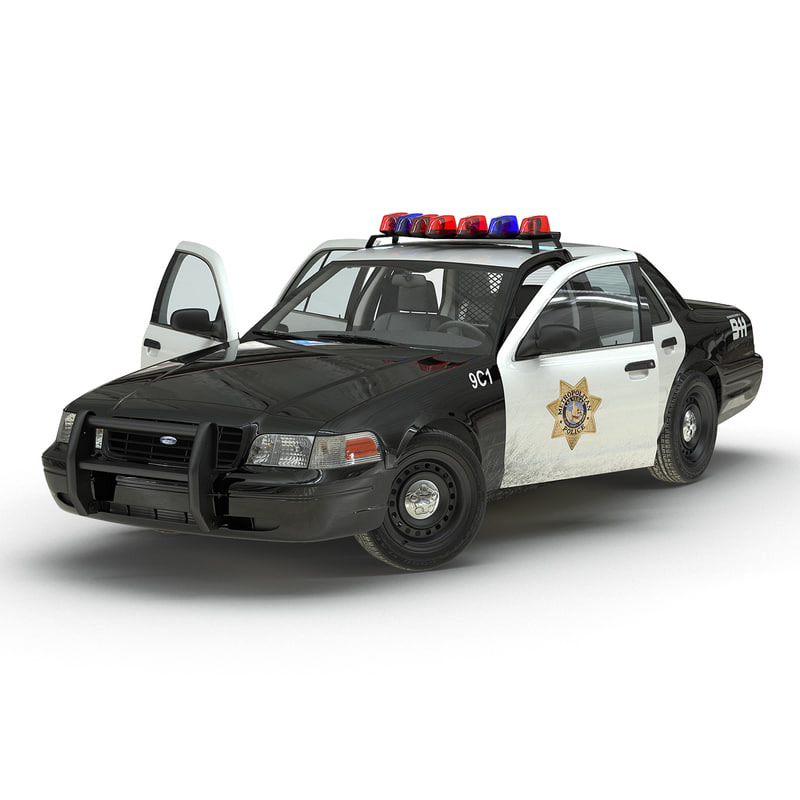
Here are the four most significant disadvantages of buying a police car:
One of the reasons why cop cars are so cheap is high mileage. Police cars are used day-in and day-out in many ways – from slow, meandering neighbourhood patrols to the stop-start driving cops do when responding to calls throughout the day.
But mile count doesn’t really paint much of a picture regarding how its driver handled and maintained it. Even if you can score a car with low mileage, you won’t really know how hard it was pushed until the police department retired.
Tip: When buying used cars, always bring a mechanic along to perform a detailed inspection. This will help you identify potential problem areas and money pits.
Because these cars are so heavy and equipped with such powerful engines (plus, they’re usually on a rear-wheel-drive), a lot of them can be real gas guzzlers.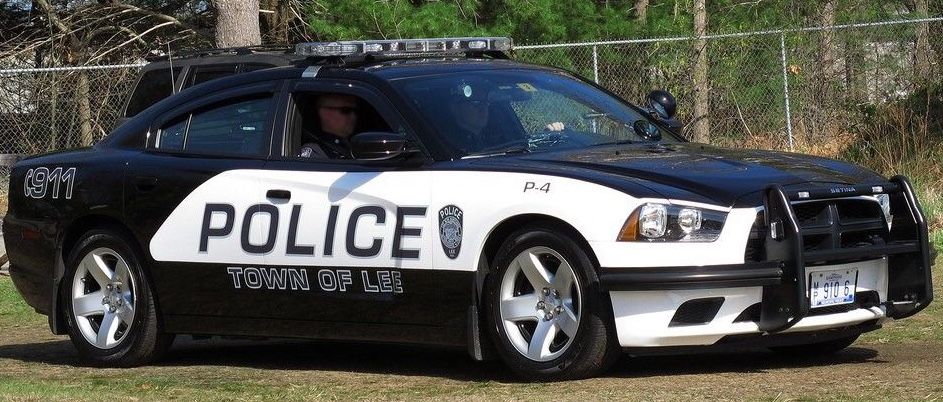 While your upfront cost may be low, it may be a pain to keep a used police car running down the line.
While your upfront cost may be low, it may be a pain to keep a used police car running down the line.
Another thing to watch out for is cars that have either been discontinued or are equipped with hard-to-find components. This makes repairs and maintenance both problematic and expensive.
Depending on where you live, a police car might not elicit positive responses from your neighbours. And as you drive around town, you may notice civilian drivers acting differently around you. Typically, people tend to drive slower and more safely around cop cars out of the fear that they could be pulled over.
This might be good news for cautious drivers and folks who get impatient about stoplights and switching lanes. However, it could also be annoying if you just want to get around like an average person.
Save for the equipment that civilians aren’t allowed to operate, most police cars are sold “as is.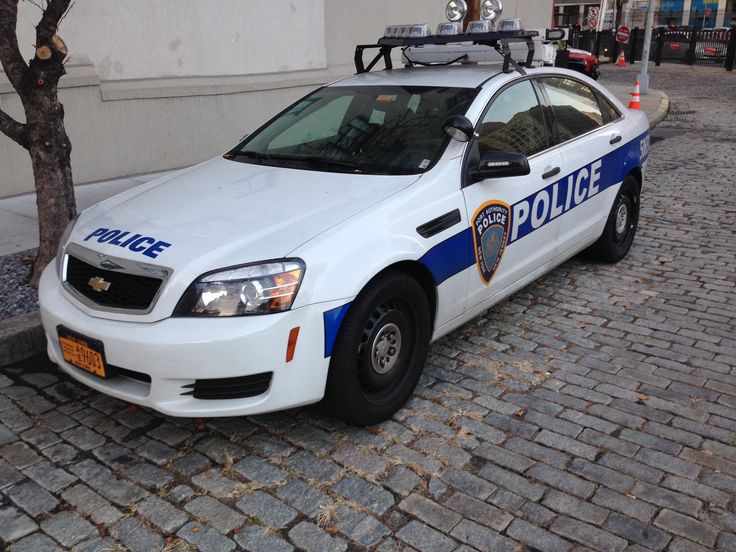 ” This essentially means that once you’ve signed the contract, all problems, repairs, and modifications are your responsibility.
” This essentially means that once you’ve signed the contract, all problems, repairs, and modifications are your responsibility.
Unfortunately, this means having to deal with stuff like street-legal fittings that have not been removed from the vehicle, such as rear prisoner cages and spotlights. Many of these cars also come with industrial-grade vinyl seats in place of rear cloth seats because vinyl is easier to wipe down and clean in case of any accidents. On the bright side, you get some cool features that aren’t usually found on “normal” cars.
Other things you can expect from “as is” cop cars include holes and damages on the dashboard and console from previously fitted police equipment, holes in the roof from light panels and radio antennas, and brackets upfront for grille guards or bull bars. You might also have to deal with sticky glue residue from decals and black-and-white patterns that make it hard to be subtle about the fact that you just bought a police car.
So, you’re still willing to look at some used cop cars.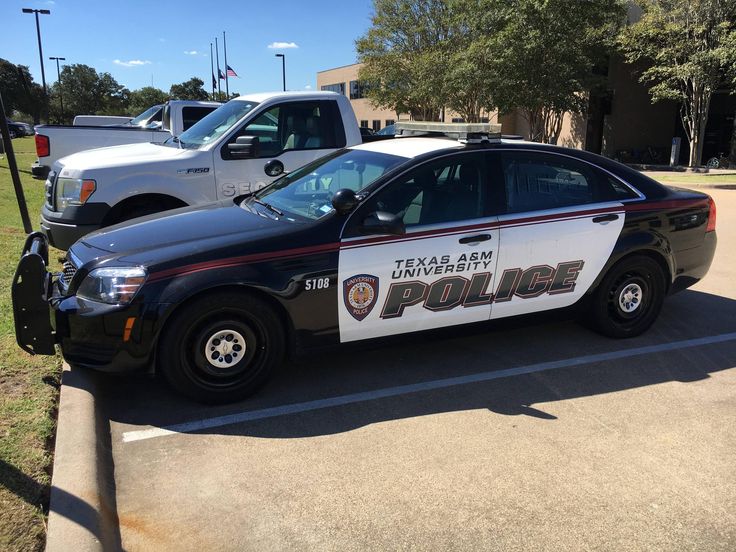 Where should you start looking? Here are some of the best places to shop:
Where should you start looking? Here are some of the best places to shop:
The GCSurplus website used to be the place to find decommissioned law enforcement vehicles. However, a 2020 shooting incident involving a gunman who used a replica police vehicle in Nova Scotia has halted sales of RCMP vehicles.
According to Public Safety Minister Bill Blair, "During this moratorium, the Government of Canada and the RCMP will examine the policies that are currently in place and work towards long-term solutions that further ensures these vehicles are not improperly outfitted or otherwise misused."
Buyers in search of older law enforcement vehicles need not worry, though. It is still legal to possess or own a police vehicle, as long as the owner does not “falsely represent” themselves as an officer. This means removing official police logos and decals from your car.
Most Canadian cities advertise surplus police auctions and/or city vehicle auctions online.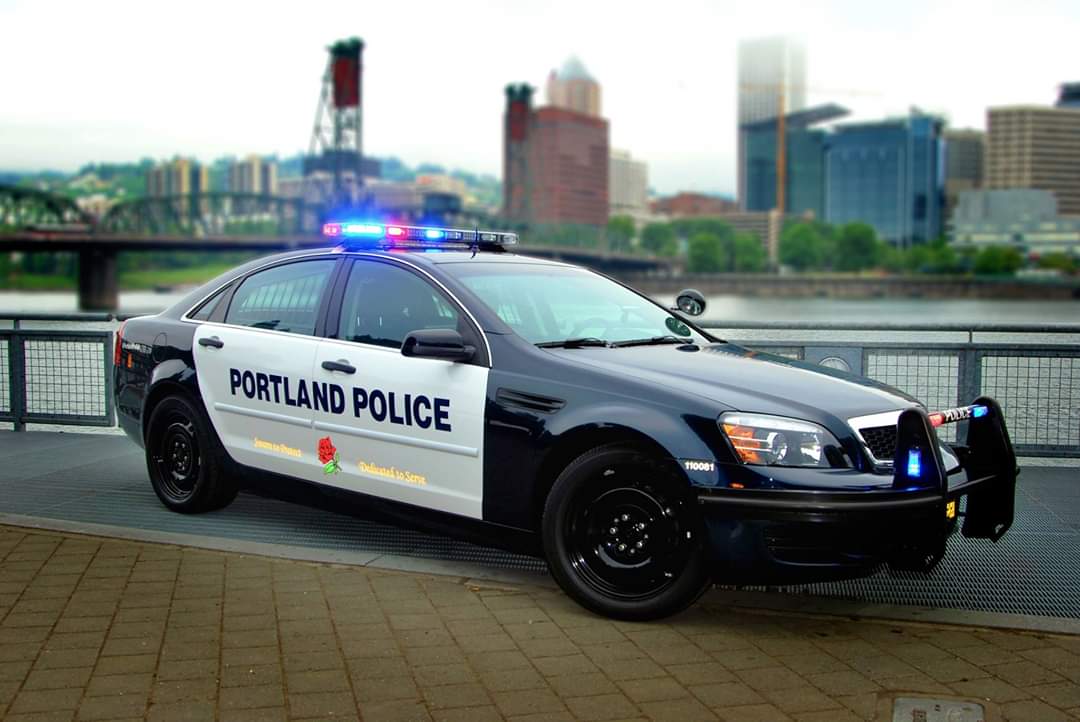 Here are some auction houses you can look into:
Here are some auction houses you can look into:
Facebook Marketplace, Carousell, Kijiji, and Locanto are online classifieds that used car sellers tend to frequent. However, these sites don’t require their sellers to be identity-verified or registered somehow, so it’s easy to get tricked into a scam.
We at Carpages.ca, on the other hand, advertise vehicles only from government registered dealers or identity-verified individuals – so you know you’re in safe hands.
A used police car can be an excellent option for those looking for a second-hand vehicle with a lot of power, extra features, and an affordable price tag. Plus, there’s no shortage of supply – you can easily find old cop cars at auctions, surplus websites, and online marketplaces.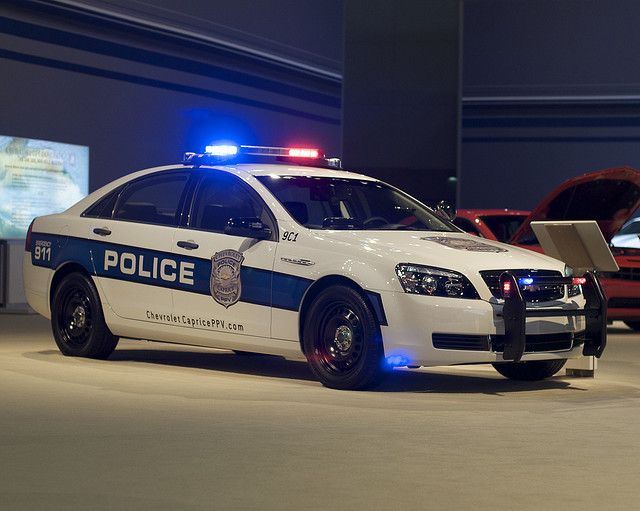
April 20, 2020 21:45
Canada shocked by the worst massacre in the country's modern history. A middle-aged dentist, disguised as a policeman, shot at least 19 people. Right now, intelligence agencies and police are combing the eastern Canadian countryside where the crime took place, checking for more victims.
Canada shocked by the worst massacre in the country's modern history. A middle-aged dentist, disguised as a policeman, shot at least 19 people. Right now, intelligence agencies and police are combing the eastern Canadian countryside where the crime took place, checking for more victims.
Bodies of victims throughout the province - the shooter could not be caught for a long time. For 13 hours, the police chased him in patrol cars and armored cars through the quiet Canadian wilderness.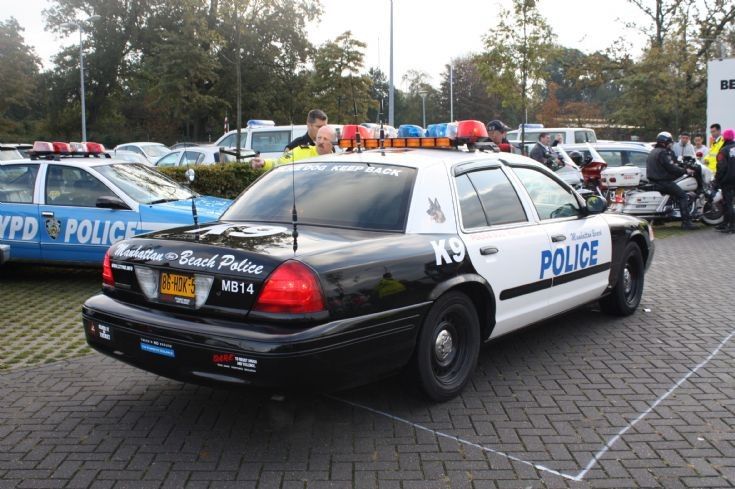 The first murders are in his own village Portapik. Late in the evening, the residents did not hear the shots, but they saw how several houses caught fire.
The first murders are in his own village Portapik. Late in the evening, the residents did not hear the shots, but they saw how several houses caught fire.
"We were worried all night, not knowing what was going on. There were police, there were fires, but there were no fire engines," a local resident tells about the strange events of the night before.
The police appealed to everyone via Twitter: they asked not to leave the house, to close the doors. The name of the suspect will appear only in the morning. This is 51-year-old Gabriel Worthman. He prepared for the massacre - he bought a uniform, a decommissioned police car, pasted it over like a patrol car, and went to kill.
"I hear shots, I look out into the street, and there is a guy running back and forth next to something very similar to a police car," recalls another resident of the village.
Constable Heidi Stevenson is among the victims.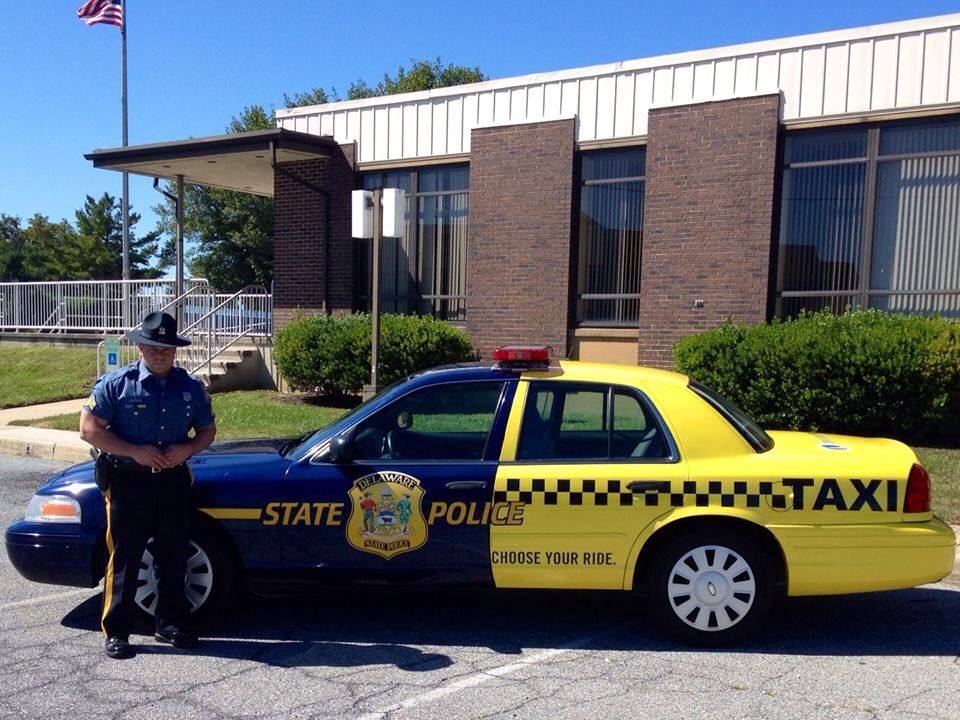 She has 23 years of service in the police.
She has 23 years of service in the police.
"Heidi did her duty and lost her life protecting those she served. I saw her family. There are no words to describe their pain," said a police spokesman.
Most of those killed had gunshot wounds. But police said the perpetrator also used "other methods."
In Canada, people are allowed to have guns. You can buy it in the store, but this process, unlike the United States, is very difficult. Long training, then obtaining permission from the police, from doctors. The owner of a pistol or rifle needs to undergo an annual examination by a psychiatrist.
The shooter moved from place to place, killing random passers-by in different parts of the province. The police surveys a vast territory of several hundred square kilometers. The list of those killed may grow, but there are already 19 victims, and this is the largest mass shooting in the history of Canada.
"My heart is with those who suffered in this terrible situation.
I want to thank the police for their hard work and the people for their cooperation with the authorities," Canadian Prime Minister Justin Trudeau addressed fellow citizens.
The shooter's acquaintances are now being interrogated. No one can say a bad word about a dental technician who had his own clinic. On local television, he was even set as an example - he made prosthetics for cancer patients for free.
"My name is Gabriel Worthman," he introduced himself. "And I'm a dental technician."
Investigators are investigating what made him arm himself to the teeth. It seems that it is clear why the shooter was in a police uniform and picked up a special vehicle for himself. Worthman's classmate showed them their school album. Since childhood, he dreamed of serving in the police.
"In passing, as any typical teenager once talks about what he wants to do, he mentioned that he wants to be a police officer," she said.
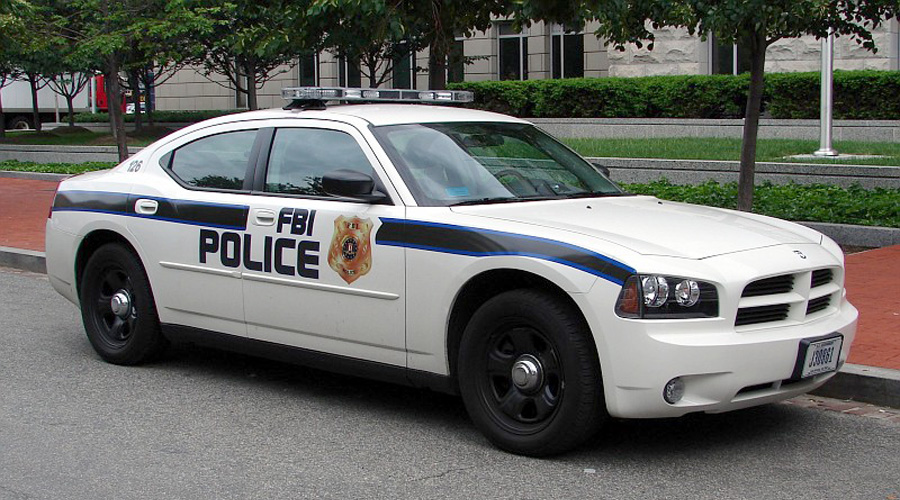
All patrols were sent to look for him. Connected and cynologists with dogs. The special forces were able to surround the distraught dental technician at one of the gas stations. At first it was reported that he was detained, but later the police announced that the shooter was dead.
in the world accidents news
BelAuktion > Auctions > decommissioned equipment
Realization of decommissioned cars, construction agricultural, harvesting and other equipment through an auction.
Page 1 of 912345...»Last »
Rates:
1
Opening of trading:
September 30, 2020
Closing of the auction:
October 15, 2020Closed at price
9 779.00 BYN
Rates:
Opening of trading:
August 08, 2020
Closing of the auction:
August 24, 2020Closed at price
16 881.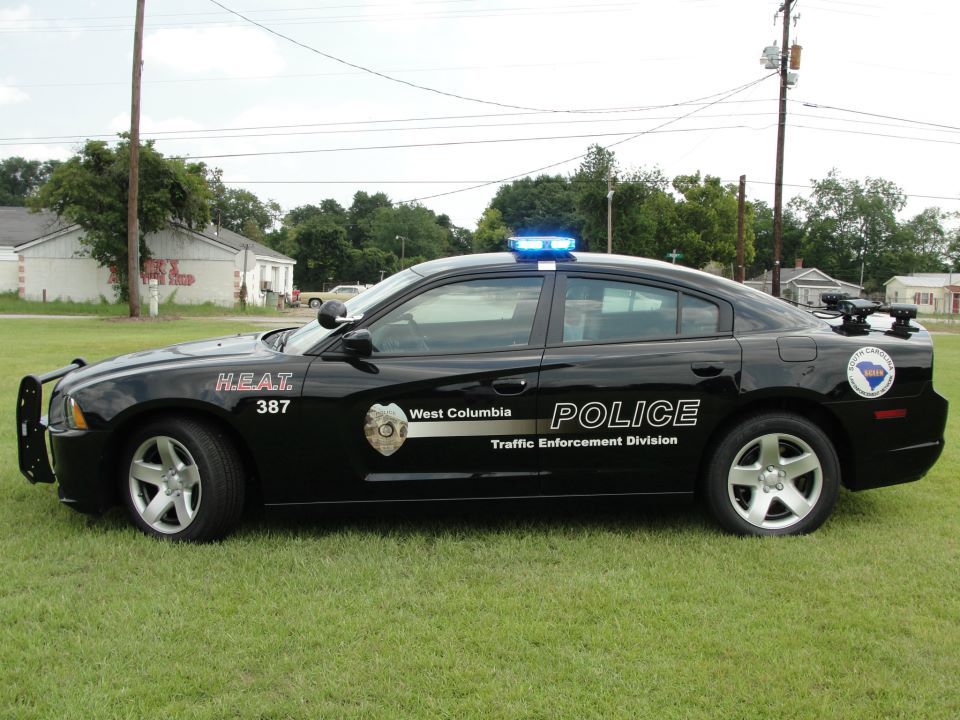 00 BYN
00 BYN
Rates:
Opening of trading:
November 22, 2019
Closing of the auction:
December 09, 2019Closed at price
16 881.00 BYN
Rates:
Opening of trading:
July 30, 2019
Closing of the auction:
August 16, 2019Closed at price
2 759.00 BYN
Rates:
Opening of trading:
June 11, 2019
Closing of the auction:
June 27, 2019Closed at price
491.00 BYN
Rates:
Opening of trading:
June 11, 2019
Closing of the auction:
June 27, 2019Closed at price
2 532.00 BYN
Rates:
Opening of trading:
June 11, 2019
Closing of the auction:
June 27, 2019Closed at price
1 209.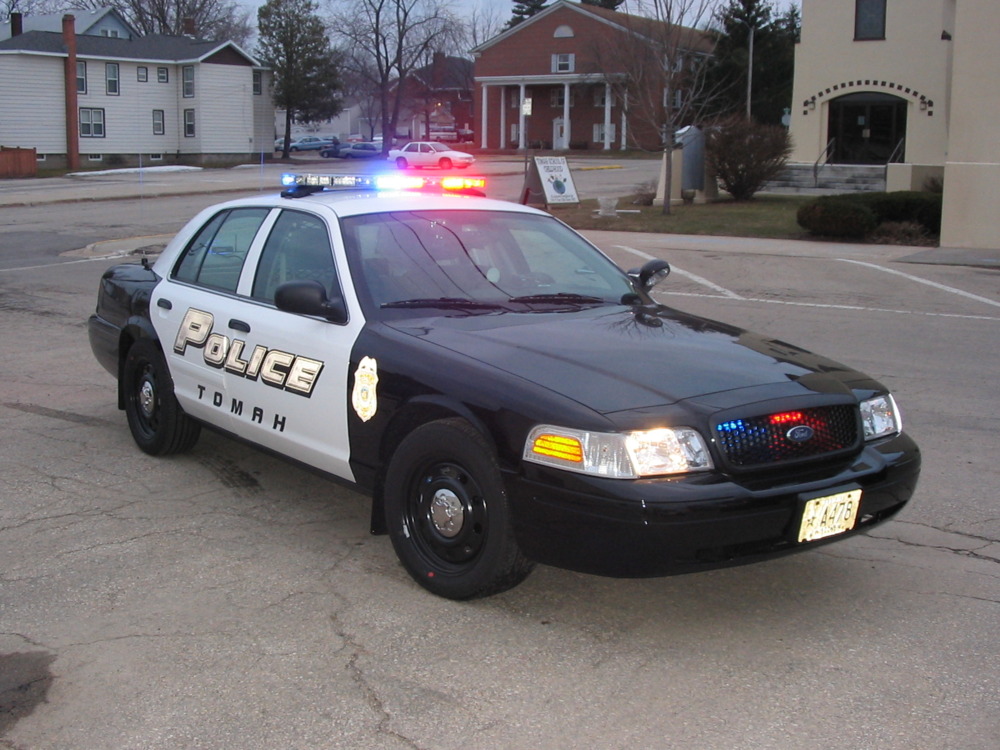 00 BYN
00 BYN
Rates:
Opening of trading:
June 11, 2019
Closing of the auction:
June 27, 2019Closed at price
1 512.00 BYN
Rates:
Opening of trading:
June 11, 2019
Closing of the auction:
June 26, 2019Closed at price
3 175.00 BYN
Rates:
Opening of trading:
June 11, 2019
Closing of the auction:
June 26, 2019Closed at price
5 292.00 BYN
Rates:
Opening of trading:
June 11, 2019
Closing of the auction:
June 26, 2019Closed at price
3 969.00 BYN
Rates:
Opening of trading:
June 11, 2019
Closing of trading:
June 26, 2019Closed at price
14 828.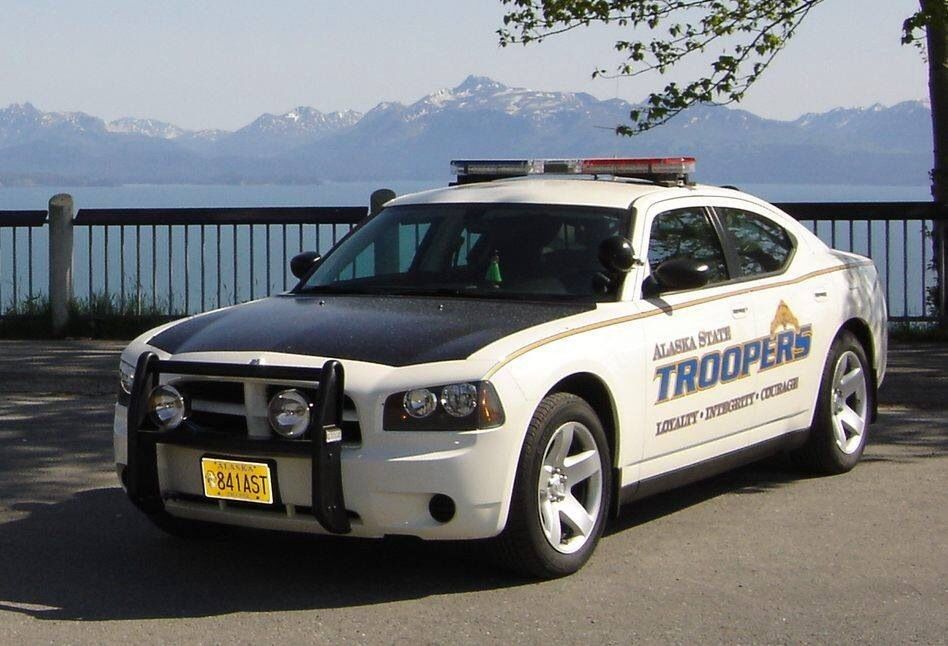 00 BYN
00 BYN
Rates:
Opening of trading:
May 24, 2019
Closing of the auction:
May 29, 2019Closed at price
14 827.00 BYN
Rates:
Opening of trading:
April 27, 2019
Closing of trading:
May 23, 2019Closed at price
5 419.00 BYN
Rates:
Opening of trading:
March 21, 2019
Closing of the auction:
04 April 2019Closed at price
4 348.00 BYN
Rates:
Opening of trading:
March 19, 2019
Closing of trading:
03 April 2019Closed at price
8 947.00 BYN
Rates:
Opening of trading:
March 19, 2019
Closing of the auction:
04 April 2019Closed at price
6 742.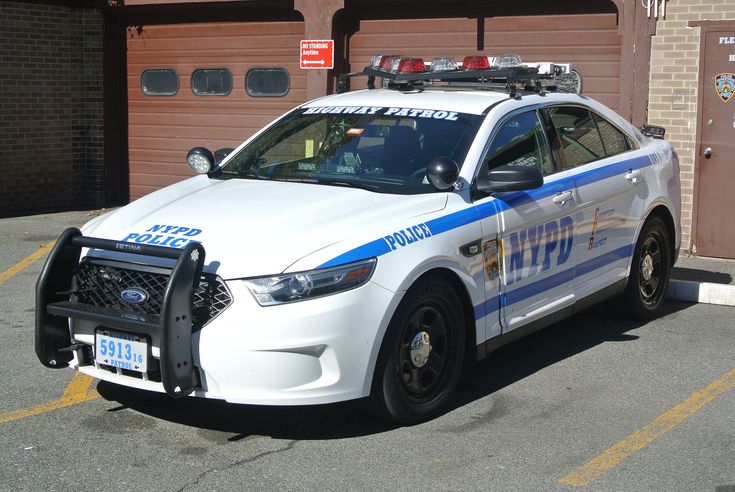 00 BYN
00 BYN
Rates:
Opening of trading:
March 19, 2019
Closing of trading:
04 April 2019Closed at price
2 647.00 BYN
Rates:
Opening of trading:
March 19, 2019
Closing of the auction:
04 April 2019Closed at price
946.00 BYN
Rates:
Opening of trading:
March 19, 2019
Closing of trading:
03 April 2019Closed at price
2 143.00 BYN
Rates:
Opening of trading:
March 19, 2019
Closing of the auction:
03 April 2019Closed at price
16 665.00 BYN
Rates:
Opening of trading:
February 19, 2019
Closing of the auction:
March 11, 2019Closed at price
7 813.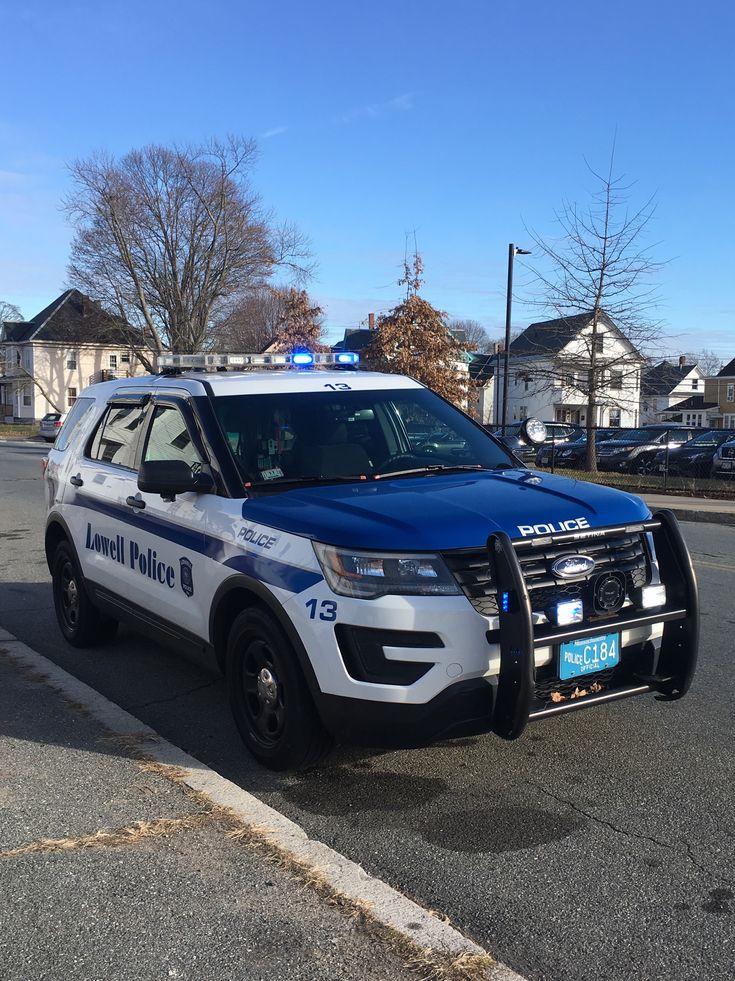 00 BYN
00 BYN
Rates:
Opening of trading:
January 29, 2019
Closing of the auction:
February 15, 2019Closed at price
8 947.00 BYN
Rates:
Opening of trading:
January 29, 2019
Closing of the auction:
February 15, 2019Closed at price
6 742.00 BYN
Rates:
Opening of trading:
January 29, 2019
Closing of the auction:
February 15, 2019Closed at price
45 235.00 BYN
Rates:
Opening of trading:
January 29, 2019
Closing of the auction:
February 14, 2019Closed at price
7 183.00 BYN
Rates:
Opening of trading:
January 29, 2019
Closing of the auction:
February 14, 2019Closed at price
14 831.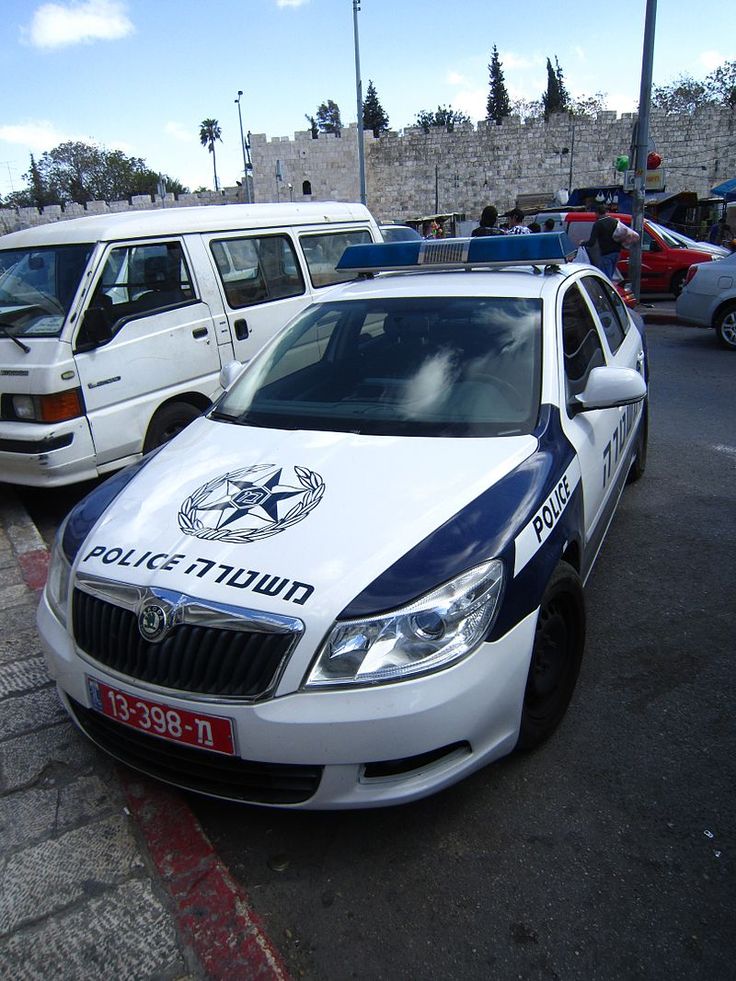 00 BYN
00 BYN
Rates:
Opening of trading:
January 29, 2019
Closing of the auction:
February 14, 2019Closed at price
11 152.00 BYN
Rates:
Opening of trading:
January 29, 2019
Closing of the auction:
February 14, 2019Closed at price
4 335.00 BYN
Rates:
Opening of trading:
January 29, 2019
Closing of the auction:
February 13, 2019Closed at price
1 513.00 BYN
Rates:
Opening of trading:
January 29, 2019
Closing of the auction:
February 13, 2019Closed at price
3 491.00 BYN
Rates:
Opening of trading:
January 29, 2019
Closing of the auction:
February 13, 2019Closed at price
1 760.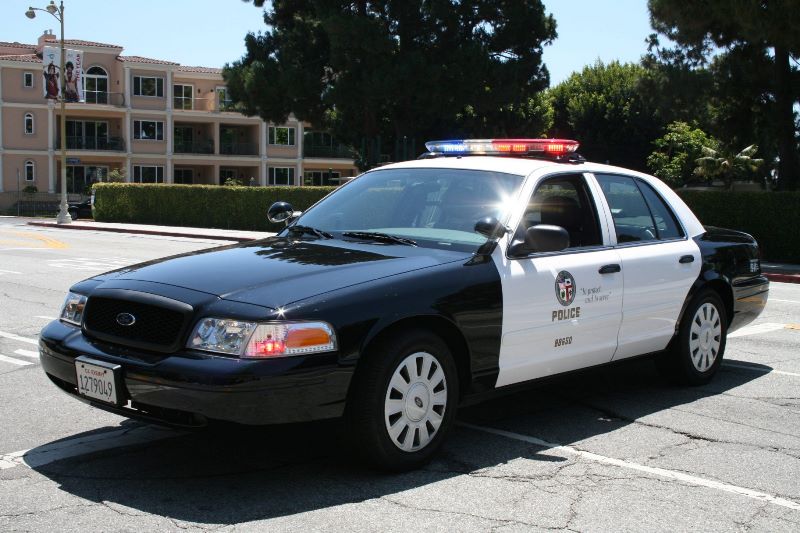 00 BYN
00 BYN
Rates:
Opening of trading:
January 08, 2019
Closing of the auction:
January 23, 2019Closed at price
4 154.00 BYN
Rates:
Opening of trading:
January 08, 2019
Closing of the auction:
January 23, 2019Closed at price
45 230.00 BYN
Rates:
Opening of trading:
January 08, 2019
Closing of the auction:
January 23, 2019Closed at price
5 162.00 BYN
Rates:
Opening of trading:
January 08, 2019
Closing of the auction:
January 23, 2019Closed at price
17,762.00 BYN
Rates:
Opening of trading:
January 08, 2019
Closing of the auction:
January 23, 2019Closed at price
8 564.